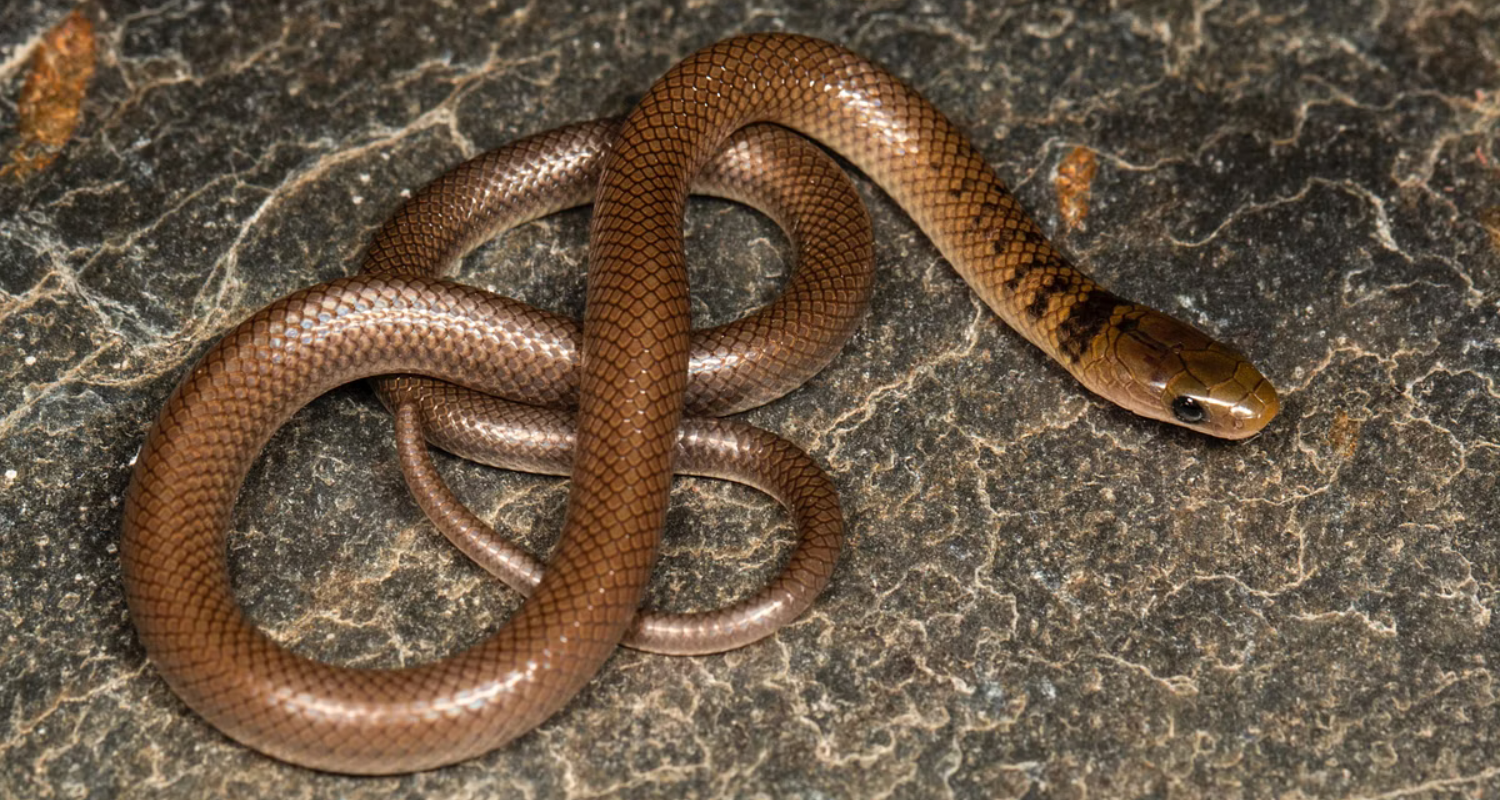A remarkable discovery has emerged from the Himalayan region, where a team of researchers from Germany, India, and the United Kingdom has identified a new genus and species of snake.
The species, named Anguiculus dicaprioi or DiCaprio’s Himalayan snake, pays homage to American actor, film producer, and environmentalist Leonardo DiCaprio.

The naming serves to recognise DiCaprio's extensive efforts in raising awareness about global climate change, biodiversity loss, and pollution-related human health issues.
The research paper detailing this finding was authored by an international team that includes Zeeshan A. Mirza from the Max Planck Institute for Biology in Tübingen, Germany; Virender K. Bhardwaj and H. T. Lalremsanga from Mizoram University, India; Saunak Pal from Newcastle University in the UK; Gernot Vogel from the Society for Southeast Asian Herpetology in Germany; Patrick D. Campbell from the Natural History Museum in the UK; and Harshil Patel from the Thackeray Wildlife Foundation in India.
The journey to this discovery began in June 2020 when Virender Bhardwaj stumbled upon the snake while exploring his backyard in the western Himalayas during the COVID-19 lockdown.
Captivated by its appearance, he photographed the creature and shared the images on Instagram. These photos caught the attention of Zeeshan Mirza, who noticed them while perusing his Instagram feed, prompting a three-year investigation into the species.
Initially, the researchers believed the snake bore a resemblance to Liopeltis rappi, a species native to the eastern Himalayas. However, upon closer inspection of the population found in Himachal Pradesh, distinct differences in head scales and overall coloration were observed, leading to the conclusion that this population represented a new species.
To confirm their findings, specimens from natural history museums across Europe, the USA, and India were examined, and DNA sequences were meticulously analysed.
The results indicated that this newly identified snake did not fit into any known genus, prompting the research team to broaden their investigation to include DNA and morphological data from related species across Asia.
The analysis confirmed that although the Himachal Pradesh snake was related to Liopeltis rappi, it differed sufficiently to warrant classification as a new species.
Furthermore, both species were found to belong to a new genus endemic to the Himalayas.
The research findings were submitted earlier this year and subsequently published in the international journal Scientific Reports.
The study not only identified the new Himalayan snake species but also clarified a long-standing taxonomic confusion regarding the genera Liopeltis and Gongylosoma, which had persisted for 180 years. The study provides a newly revised classification of these two genera distributed across Asia.
The genus Anguiculus, which now includes the newly discovered Anguiculus dicaprioi, currently comprises two species. These snakes are relatively small and inhabit elevations above 1,500 meters across the Himalayas.
The newly described species, Anguiculus dicaprioi, is found from central Nepal to the Chamba district in Himachal Pradesh, while Anguiculus rappii resides in Sikkim, Bhutan, and Arunachal Pradesh. Both species are primarily active between late May and August and are elusive outside of these months.
Notably, little is known about their biology, with Anguiculus rappii being particularly rare, as it has not been documented for several decades.
"The description of a new snake genus and species from Himachal Pradesh highlights the poor documentation of herpetofauna in the Western Himalayas.
The states of Himachal Pradesh and Jammu and Kashmir remain among the least explored for their herpetofaunal biota. Our team is conducting dedicated surveys across Himachal Pradesh and Uttarakhand, and preliminary data suggests that the region’s biodiversity has been grossly underestimated," the researchers stated.


